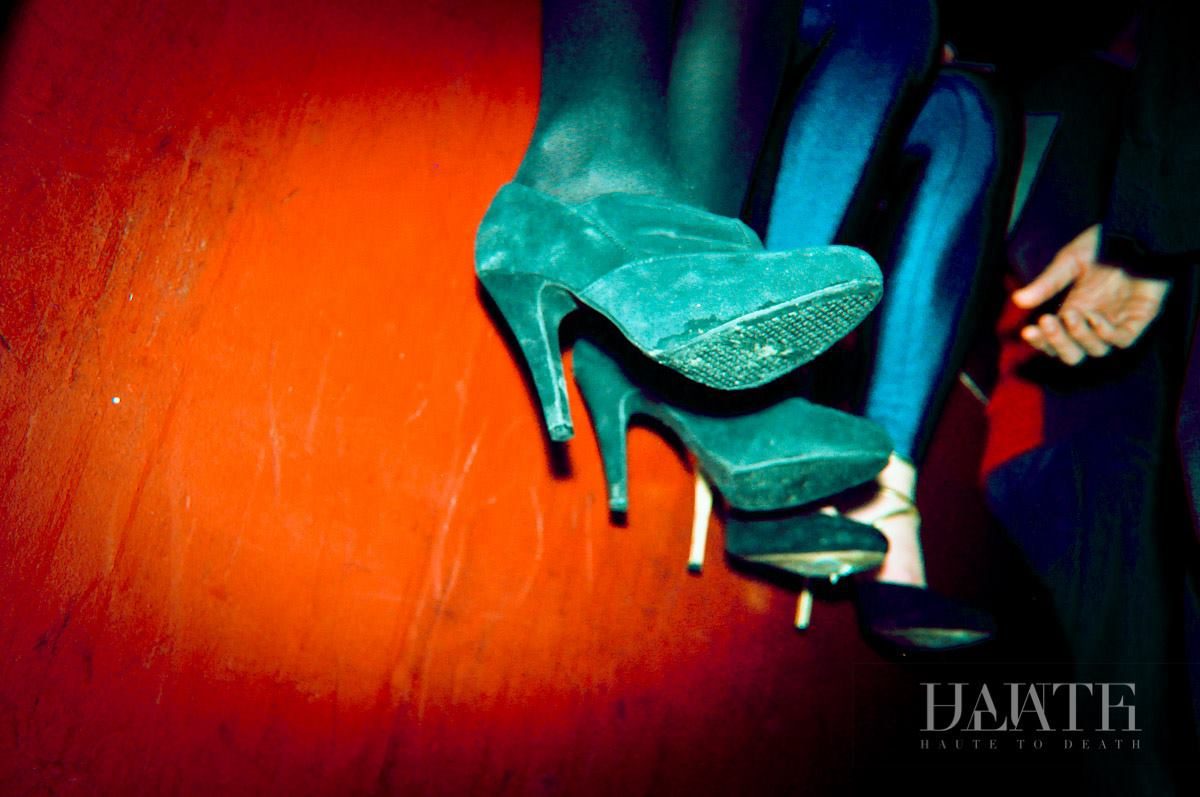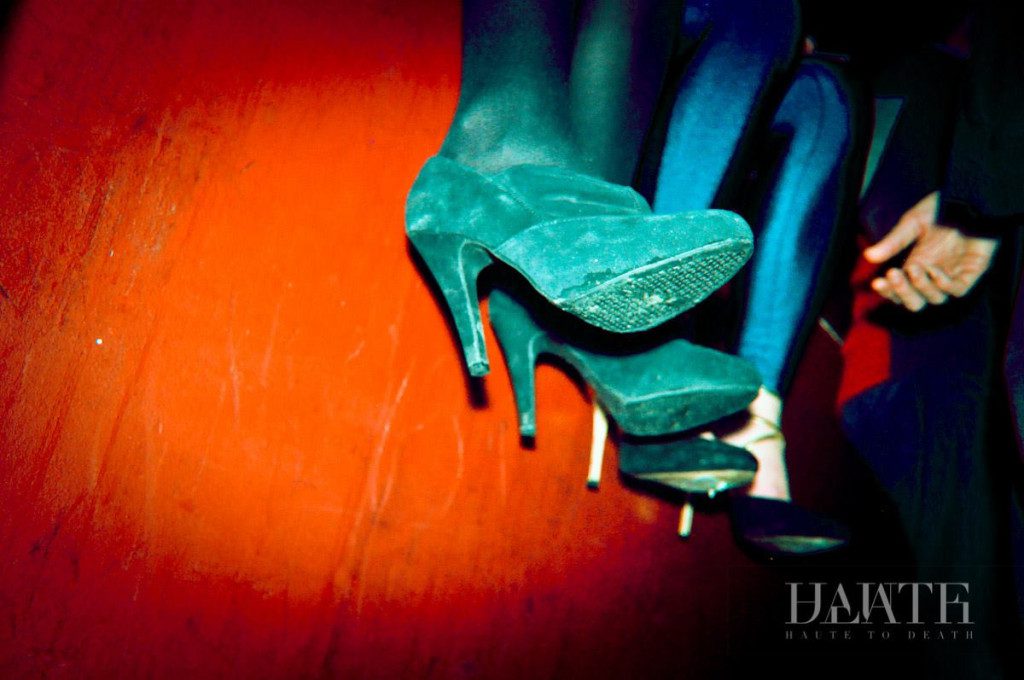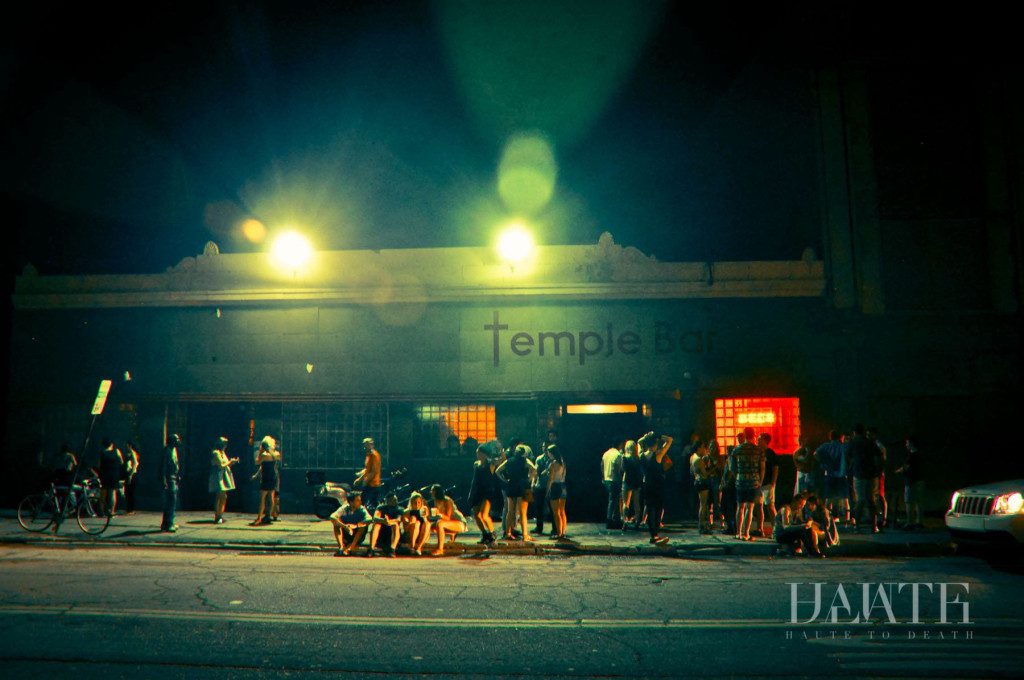New Compilation from Julia Govor Connects DJs and Producers Despite Cancelled Tours


In a year without dance clubs or music festivals, New York-based DJ and producer Julia Govor wanted to do something to bring together her colleagues. Indefinite Uncertainty, which dropped November 27, is the result of that mission. A 10-track compilation from Govor’s own label, Jujuka, Indefinite Uncertainty is a broadly techno collection with a diverse roster of producers, from Detroit-based experimental collective Pure Rave to Paraguayan dance music pioneer Victoria Mussi.
Some of the artists are people Govor has known for quite a while through DJ circles. Others, she found through avenues like Bandcamp. They all have something in common. “I trust what they do,” Govor says on a recent video call from her home. Plus, she adds, “They are extremely good people with a big heart and care about others.”
For a touring DJ, being on the road is also an opportunity to hear new music, to meet people who may become collaborators and to get feedback on their own work. “When everything is shut down the part of connecting with each other through music basically disappeared, because there’s no shows,” she says. “I decided I have to do something to stay in touch with all of these brilliant musicians.”
In any other year, all these artists might have met up with each other at a gig somewhere in the world, but, without those, Govor is fostering a different kind of connection, one that’s driven by her own love of curation. “I could be connected with them through their music because music is extremely personal expression,” she says.
Govor herself was set to play Los Angeles the night before the city shutdown due to the COVID-19 pandemic, but the gig was canceled. It was a disappointment, but, she says, it also showed that the promoters cared about the safety of others. She adds, “It’s very important for me to work with people like this.”
Originally from Russia, Govor moved to New York six years ago. She’s played clubs from Germany to Brazil and festivals like EDC in Las Vegas. During this time at home, she’s worked on music that had been sitting around unfinished – and that’s led to a big breakthrough. “Quarantine actually helped me to clear my vision on the music that I wanted to do,” she says. She adds that while others in the dance music world may have focused on tracks for at-home listening, that wasn’t what she wanted to make. “I decided I am going to just clear my vision of how dance music could be,” she says. That led to some ideas for what will be her fist proper album; while Govor has been making music for a decade and released plenty of tracks and EPs, she’s yet to put out a full-length. “It was good to understand how can I be who I was before, to learn and understand how can I place myself to the new normals,” she says. “I was just looking and listening and trying to find myself.”
The year also brought a few other breakthroughs for Govor. She recently earned a residency for New York’s online radio station The Lot. Her show, called Cosmonaut, debuted late last summer. It’s an opportunity to play unreleased tracks and promos and to give people some of the background on artists making techno.
In October, her track “Shelter 909” appeared on the compilation Hot Steel: Round 2 from Trip Recordings, the label helmed by DJ Nina Kraviz. Govor had produced “Shelter 909” back in 2016 and the track was previously set for release on another label, but, that deal fell through. “I was very upset and frustrated,” she says about the situation. On a run, though, she stumbled upon a solution. Govor noticed a key on the asphalt, then looked at her phone and saw that Kraviz had sent her a message on Instagram. That’s when she realized that there was a metaphorical key to her dilemma. She asked Kraviz, who Govor knew from back when both were living in Moscow, if she’d be interested in the track. The lesson, Govor says, “If one door is closed another will open for sure.”
As for her own label, that’s been undergoing an evolution, too. Govor launched Jujuka back in 2018 to release her own music. Initially, she worked with artists to include comics within the releases, but she’s since shifted away from that model. “It’s hard to do it the proper way,” she says of fusing together the two media; Govor wanted to focus on the music. Additionally, she has expanded to release music made by other producers as well.
Curation for the label is imperative. She likes to find artists on her own and understand who they are beyond a single track. “I have to see this full vision of their artistic direction,” she says. She also wants get a feel for how they might develop as artists and if she can see herself and the artists growing alongside each other.
“It’s just so amazing to be in touch with the producers and talk about how we can make the track, or how it can be promoted,” she says. “It’s my favorite part and also the most difficult part.”
Follow Julia Govor on Facebook and Instagram for ongoing updates.


















